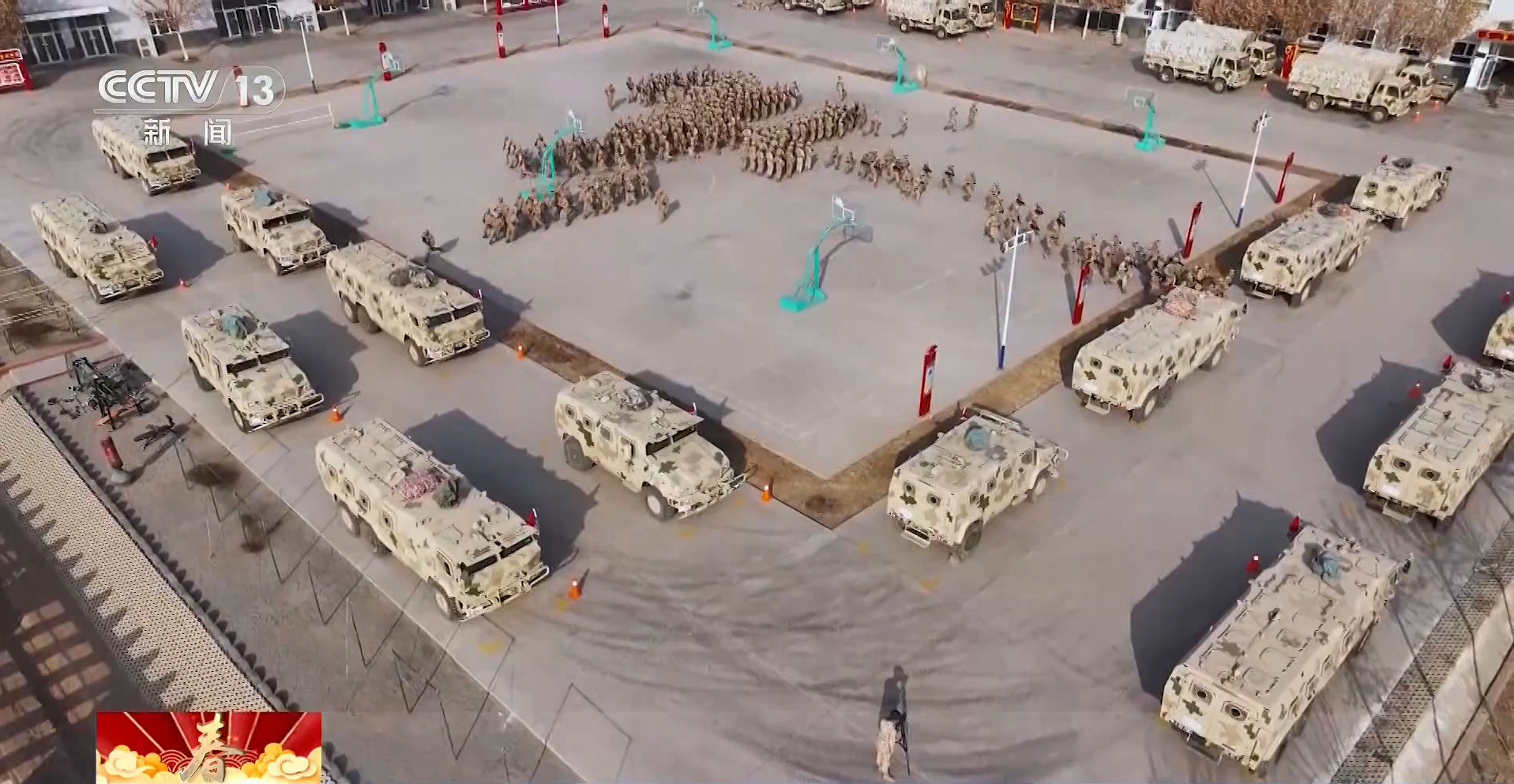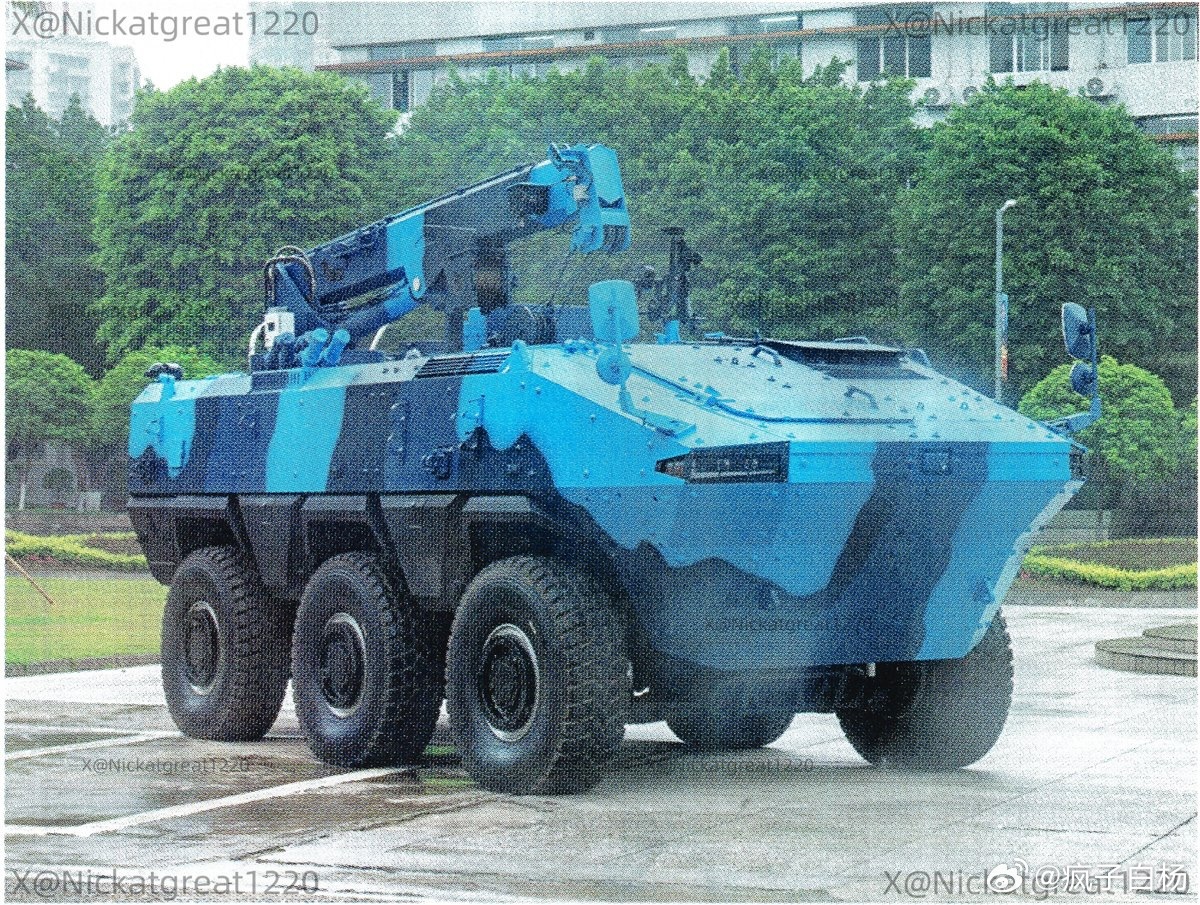This isn't new. In WW2 there was a lot of investment into putting hybrid propulsion into military vehicles. The US had the T23 tank, the Germans had the VK 45.01 (P) tank, and the Soviets had the IS-6 tank. It turned out that hybrid propulsion was both too expensive and unreliable. You needed a lot of copper to make the electric system and that was a scarce material in wartime. The electric systems also had issues with overheating and lack of waterproofing.
You are using an out of date browser. It may not display this or other websites correctly.
You should upgrade or use an alternative browser.
You should upgrade or use an alternative browser.
Chinese infantry fighting vehicles
- Thread starter Broccoli
- Start date
While not new, but the current tech vs what they had in back around 1940s is quite a lot better.This isn't new. In WW2 there was a lot of investment into putting hybrid propulsion into military vehicles. The US had the T23 tank, the Germans had the VK 45.01 (P), and the Soviets had the IS-6. It turned out that hybrid propulsion was both too expensive and unreliable. You needed a lot of copper to make the electric system and that was a scarce material in wartime. The electric systems also had issues with overheating and lack of waterproofing.
And is likely to be something that the PLA will use in the future (whether it be within 10 years or later, like within 20, is unknown for now, although I personally think there's a big likelihood we might see it within 10 years).
The big windshields on the ambulance are an interesting choice, especially since the driver doesn't get them.
Hybrid propulsion was used even earlier in turbo-electric systems for battleships such as the USS New Mexico (1915) and had substantial advantages: redundancy and increased watertightness, better internal arrangements allow more optimal hullforms, the ability to start/stop/reverse on a dime to perform complex maneuvers and dodge torpedoes, motors running at their optimal speeds at all times leading to 20% better fuel economy, etc. Yet despite those benefits, when the Great Depression and WNT hit the next ships switched back to simple geared turbines. There wasn't enough money or tonnage for it. Nowadays we are talking about IEP which is just the same idea all over again.This isn't new. In WW2 there was a lot of investment into putting hybrid propulsion into military vehicles. The US had the T23 tank, the Germans had the VK 45.01 (P) tank, and the Soviets had the IS-6 tank. It turned out that hybrid propulsion was both too expensive and unreliable. You needed a lot of copper to make the electric system and that was a scarce material in wartime. The electric systems also had issues with overheating and lack of waterproofing.
Or that the first car was an EV, later superseded by ICEs due to the EV's technological immaturity.
Electricity technology is just starting to get to the point where past ideas are actually feasible; that's all.
Last edited:
by78
General
A glimpse of the interior.

More interior images of the new armored border patrol vehicle based on the MV3 chassis.



More images of the new armored vehicles derived from the MV3 truck chassis.




Another Input of those vehicles with 32nd L-CAR / 11th CAD



